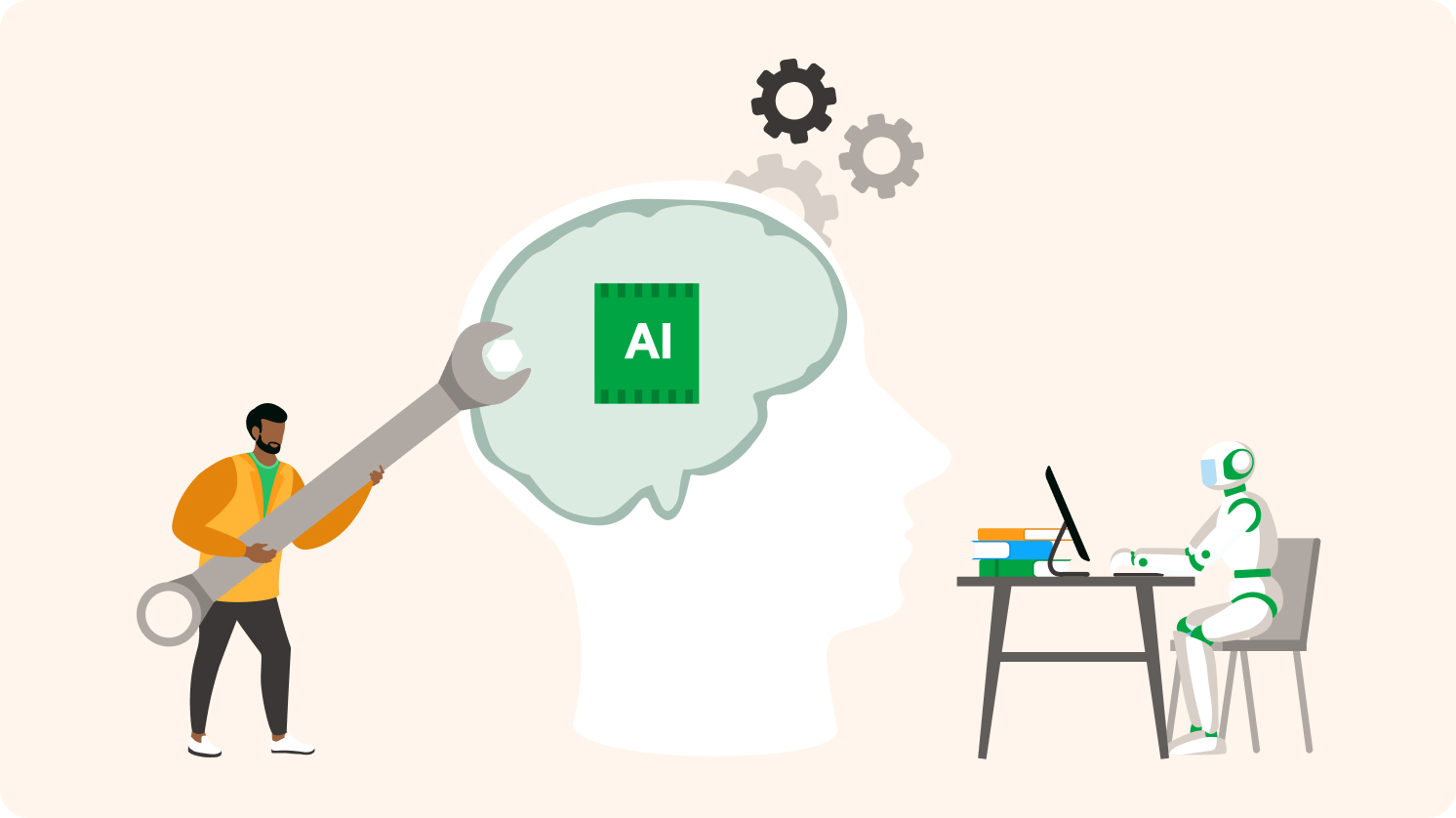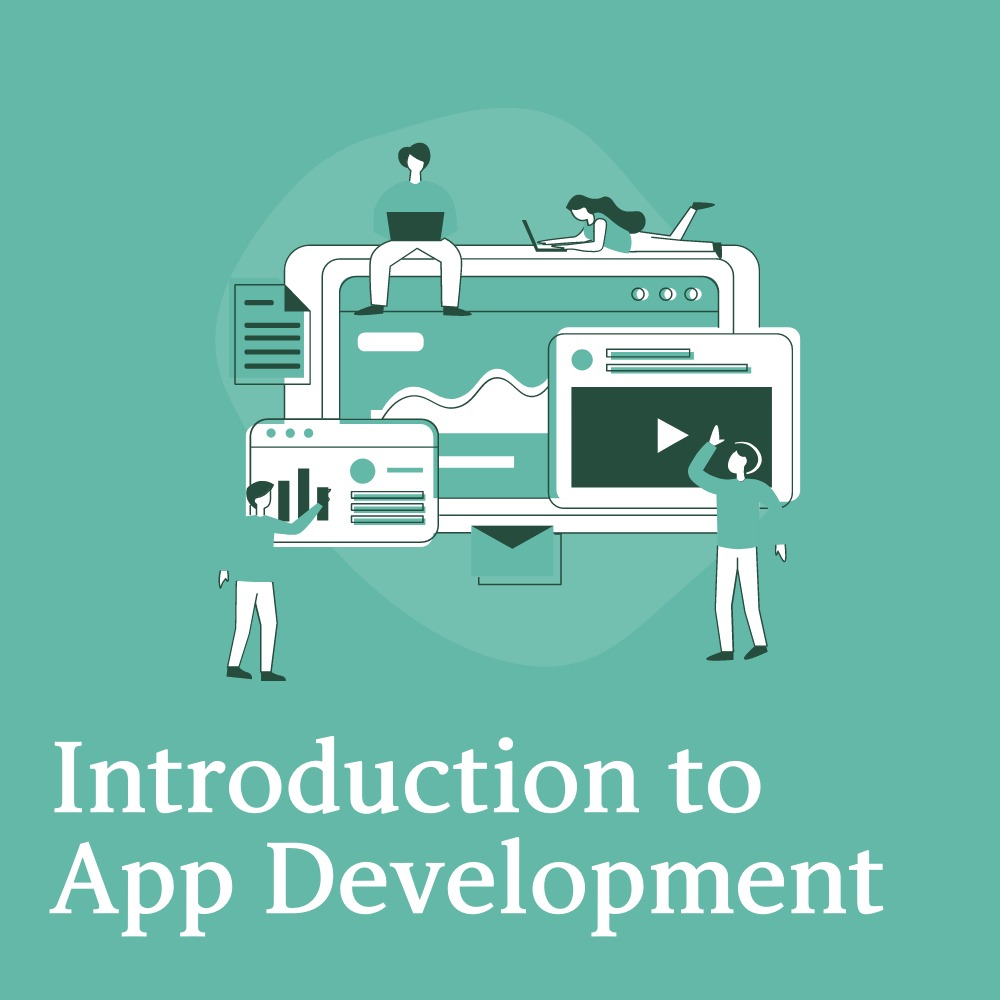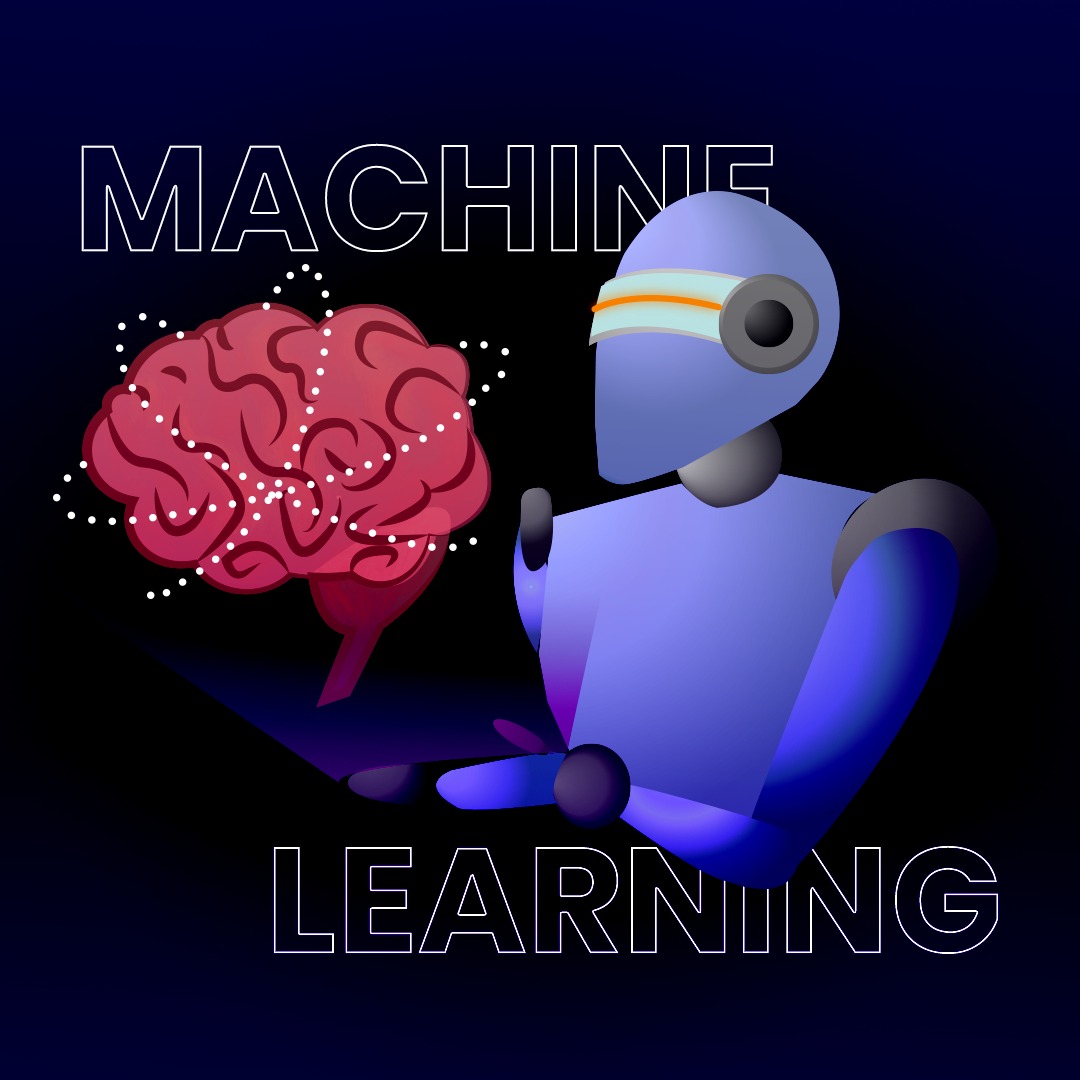Understanding Machine learning
by Apurva Sharma|27 Sept 2020

“A computer program is said to learn from experience E with respect to some task
T and some performance measure P, if its performance on T, as measured by P,
improves with experience E.”
- Tom Mitchell, 1997
Your spam filter is a Machine Learning program that, given samples of spam
emails (e.g., flagged by users) and samples of regular (non-spam, also called
“ham”) emails, can learn to flag spam. The examples that the system uses to find
out are called the training set. Each training example is named a training instance
(or sample). In this case, the task T is to flag spam for brand spanking new emails,
the experience E is that the training data, and therefore the performance measure P
must be defined; for example, you'll use the ratio of correctly classified emails.
This particular performance measure is named accuracy, and it's often utilized in
classification tasks.This was an example of a classification problem

Machine Learning systems are often classified consistent with the quantity and sort of supervision they get during training. There are four major categories: supervised learning, unsupervised learning, semi-supervised learning, and Reinforcement Learning.
SUPERVISED LEARNING
In supervised learning, the training set you feed to the algorithm includes the desired solutions, called labels. In the case of a spam filter the labels are “spam” and “not spam”. A typical supervised learning task is classification. An example of a classification problem is "spam filter", which is actually classifying if a mail is spam or not. Classification includes predicting discrete values. Another typical task is to predict a target numeric value or continuous values, such as the price of a car, given a set of features (mileage, age, brand, etc.) called predictors. This sort of task is called regression. To train the system, you would like to offer it many samples of cars, including both their predictors and their labels i.e., their prices. We use different algorithms to implement classification and regression. Here are a number of the foremost important supervised learning algorithms :
❖ K-Nearest Neighbors
❖ Linear Regression
❖ Logistic Regression using different kernel function
❖ Support Vector Machines (SVMs)
❖ Decision Trees and Random Forests Classifier or Regressors
❖ Neural networks using ANN (Artificial Neural Networks)
UNSUPERVISED LEARNING
In unsupervised learning, as you might guess, the training data is unlabeled. The system tries to learn without a teacher. The algorithm tries to derive knowledge from a general input without the assistance of a group of pre-classified examples that are prompt to build descriptive models. A typical example of the application of these algorithms is found in search engines. For example, say you have a lot of data about your blog’s visitors. You may want to run a clustering algorithm to undertake to detect groups of comparable visitors .At no point does one tell the algorithm which A visitor belongs to: it finds those connections without your help. For example, it'd notice that 40% of your visitors are males who love comic books and usually read your blog within the evening, while 20% are young sci-fi lovers who visit during the weekends. If you employ a hierarchical clustering algorithm, it's going to also subdivide each group into smaller groups. This may help you target your posts for each group.
Reinforcement learning
The algorithm is in a position to find out counting on the changes that occur in the environment in which it is performed. In fact, since every action has some effect on the environment concerned, the algorithm is driven by the same feedback environment. Some of these algorithms are used in speech or text recognition. How to build a machine learning model ? ➢ Web Scraping data or gathering data from Kaggle or UCI repository. ➢ Reading the data using Pandas or Numpy ➢ Analysing data using data visualization and plots with the help of awesome python libraries like Matplotlib and seaborn. ➢ Identifying correlation using a heatmap and features to use in predictions. ➢ Creating the final features and target Dataframe. ➢ Anticipating the best models for the dataset and importing models from Scikit-learn. ➢ Fitting the features into the model. ➢ Creating predictions. ➢ Analysing accuracy and loss. ➢ Checking for underfitting and overfitting.

Did you like it?



